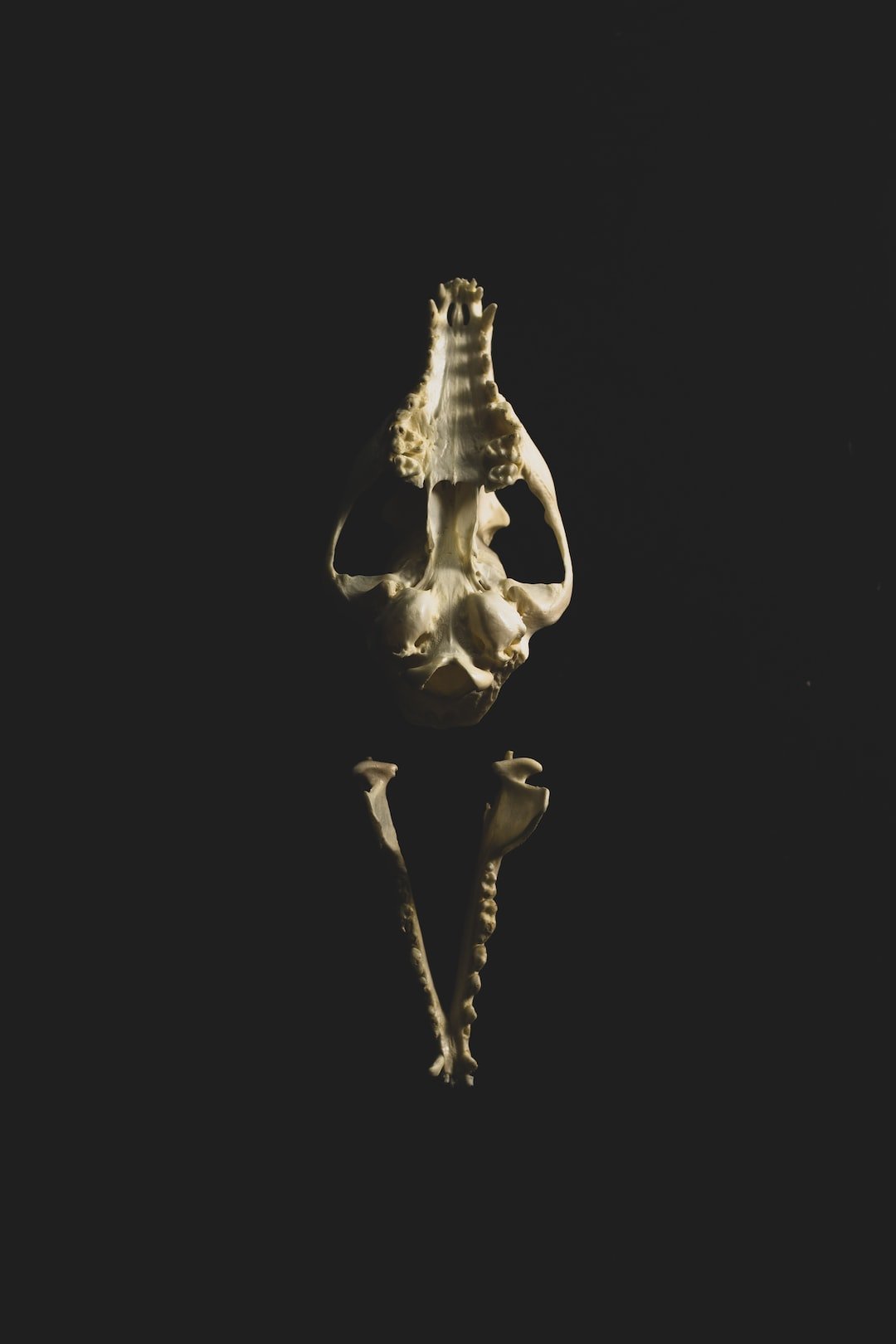Home Organ Transplantation Surgery Organ Transplantation Complications Organ Transplantation Success Rate Organ Transplantation Rejection
The Marvels of Musculoskeletal Anatomy: A Guide to Organs and their Functions
Category : Organ anatomy | Sub Category : Musculoskeletal anatomy Posted on 2023-07-07 21:24:53

The Marvels of Musculoskeletal Anatomy: A Guide to Organs and their Functions
Introduction:
The human body is a complex machine that works together to ensure optimal functioning. The musculoskeletal system is an important part of the system. There are several organs within the system that play a crucial role in maintaining health. We will explore the fascinating world of musculoskeletal anatomy in this article.
1 The power of movement is the muscles.
The star players in movement are the muscles. The contractile tissues help the body perform simple and complex motions. Skeletal muscles are the muscles that allow us to walk, run, lift objects, and perform other physical activities. Smooth muscles in the walls of the body's organs help with movement. The cardiac muscle is a specialized type of muscle found in the heart and it makes it possible for the body to pump blood.
2 The supportive framework of bones
The bones of the body are the structural foundation. They are the anchor for our muscles and allow us to stand upright. The bones act as a source of essential minerals, which is important for maintaining bone health. The entire system of bones would be compromised if there were no strong and healthy bones.
3 The Articulators of movement are the Joints.
Joints allow movement and flexibility. They are in various forms, such as hinge joints, ball and sockets joints, and pivot joints. Each joint has unique structures that allow for different movements. Joint function is important for executing movements without pain or discomfort.
4 The connections are described in the Ligaments: The Connectors.
The strong bands of tissue that connect bones to other bones provide stability and prevent excessive movements. They play a vital role in maintaining the integrity of joints. By limiting movement within a joint to its normal range of motion, the ligaments protect bones from injury.
5 Tendons: The Anchors
Tendons are thick cords of tissue that connect muscles to bones. They transfer the force of muscles to bones. Without the help of the tendons, movement would be impossible.
Conclusion
Understanding the bones is important for anyone interested in maintaining a healthy lifestyle. The organs within this intricate system work together to support and protect vital organs. By gaining knowledge about how the human body works, we can better appreciate its beauty and take steps to ensure its long-term health.
Leave a Comment:
SEARCH
Recent News
- Zurich, Switzerland has long been known for its exceptional quality of life, beautiful surroundings, and high standard of healthcare. In contrast, the Russian healthcare system has faced various challenges and struggles over the years. Let's delve into the differences between the healthcare systems in Zurich, Switzerland, and Russia.
- Navigating Medical Device Regulations in Zurich, Switzerland
- In the bustling city of Zurich, Switzerland, finding healthy fast food options can be a challenge. However, with a little exploration and curiosity, you can discover some fantastic spots that offer nutritious and delicious meals on the go.
- YouTube Content Creation: Exploring the Russian Healthcare System
- In today's digital age, YouTube has become a powerful platform for content creators to share their knowledge and expertise with a global audience. One particular niche that has been gaining traction on YouTube is the creation and translation of content related to medical devices regulation.
- Are you looking for tips on creating YouTube content about healthy fast food options and the importance of translation in reaching a wider audience? Let's dive into how you can combine these two aspects to create engaging and informative videos for your channel.
- Exploring the Russian Healthcare System: Insights from a YouTube Channel
- Navigating the Regulatory Landscape for Medical Devices on YouTube
READ MORE
1 month ago Category : organb

Zurich, Switzerland has long been known for its exceptional quality of life, beautiful surroundings, and high standard of healthcare. In contrast, the Russian healthcare system has faced various challenges and struggles over the years. Let's delve into the differences between the healthcare systems in Zurich, Switzerland, and Russia.
Read More →1 month ago Category : organb

Navigating Medical Device Regulations in Zurich, Switzerland
Read More →1 month ago Category : organb

In the bustling city of Zurich, Switzerland, finding healthy fast food options can be a challenge. However, with a little exploration and curiosity, you can discover some fantastic spots that offer nutritious and delicious meals on the go.
Read More →1 month ago Category : organb
